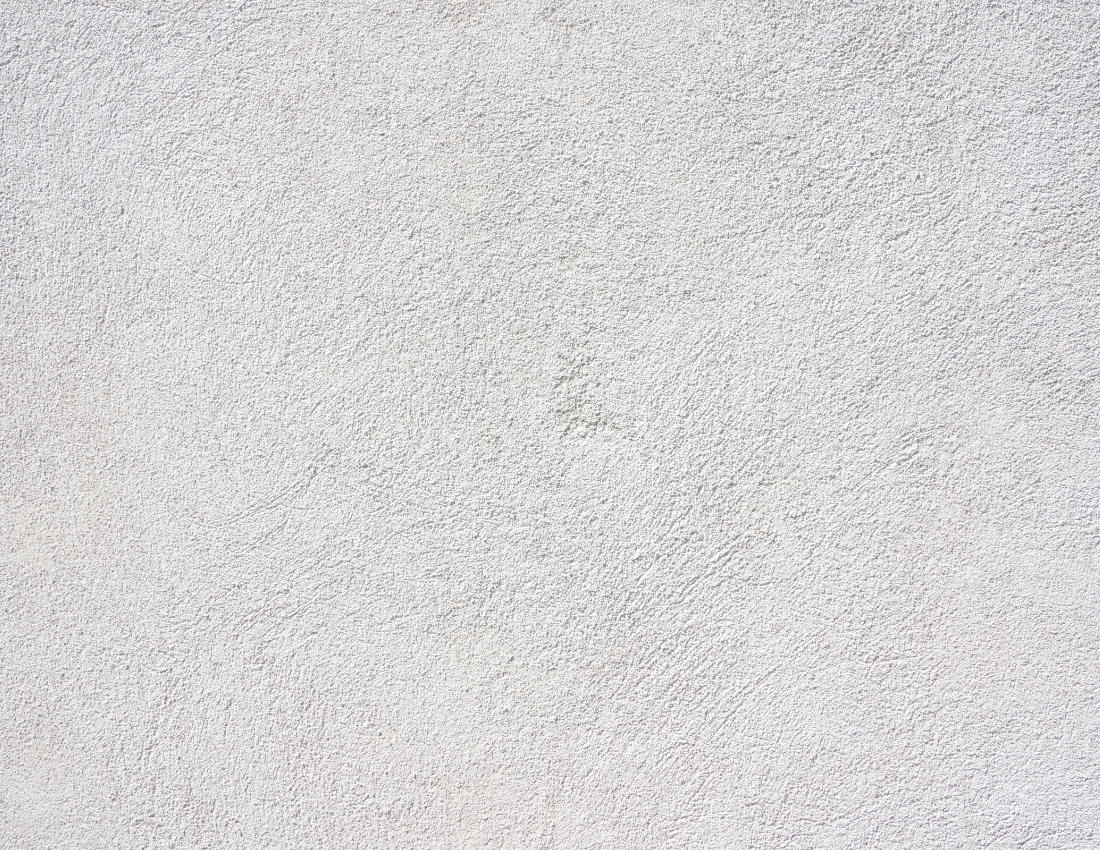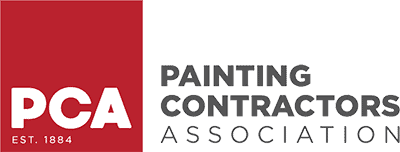If you’ve ever asked yourself how to paint textured walls and felt stuck before even picking up a brush, you’re not alone. Textured walls can make any painting project feel more complicated than it needs to be. And around Leesburg, VA, where older homes mix with newer builds, you’ll find plenty of textured surfaces waiting for a refresh.
Painting these walls isn’t just about slapping on a coat of color. It takes the right tools, the right process, and the right crew. Whether it’s a ceiling with popcorn texture or a bathroom wall with orange peel, the material behaves differently than smooth drywall.
In this expanded guide, we’re breaking down how to paint textured walls the right way—step by step—with tips our professional painters follow daily. We’re also addressing common setbacks, materials that actually work, and why prep makes or breaks your finish.
Key Takeaways:
- Textured walls need thicker rollers (1/2 to 3/4-inch nap) for even paint coverage.
- Cleaning and priming are critical to avoid patchy or uneven finishes.
- Latex paint with eggshell or satin finish works best for textured surfaces.
- Filling holes with joint compound helps match existing wall texture.
- Common mistakes—like the wrong roller or skipping primer—can lead to drips and poor results.
Prep Comes First: Clean, Patch, and Protect
Before anything touches the wall—paint, primer, or roller—you’ll need to prep your surface thoroughly.
Clean the wall
Textured surfaces trap more dust than flat ones. Grab a shop vacuum with a brush attachment or a dry sponge and go over the entire area. This includes the baseboard, corners, and ceiling line. If your wall is in the kitchen or bathroom, use water and mild soap to wipe away grease or residue. Let it dry completely before moving on.
Fill holes and imperfections
Use joint compound or putty to fill small dents or nail holes. A putty knife works well, but for heavy texture like knockdown or popcorn, use your finger to apply the compound. This helps match the wall’s uneven pattern better than a flat blade would.
Protect your edges
Apply painter’s tape to baseboards, outlets, window frames, and adjacent walls. Press it down firmly, especially against raised texture. If gaps form, a thin line of caulk can help prevent bleed-through. For popcorn ceilings, keep a light touch near the edge to avoid damaging the fragile surface.
Choose the Right Tools for Textured Walls
You don’t need a cart full of tools, but you do need the right ones. Here’s what our professional painters in Leesburg, VA always bring:
- 9-inch paint roller with 1/2 to 3/4-inch nap (the thicker nap helps reach into grooves)
- Quality paintbrush for corners and trim
- Paint tray with liners for clean swaps
- Primer and interior paint (latex is preferred for walls)
- Plastic sheeting to protect floors
- Putty knife and sandpaper (just for smoothing filled spots, not the texture)
- Gloves, tape, and a step ladder if needed
Avoid foam rollers—they glide over raised areas and leave bare patches behind.
Prime Textured Surfaces Like a Pro
Never skip primer when painting textured walls. It helps paint stick, reduces blotchiness, and cuts down on how many coats you’ll need. Whether you’re painting drywall, stucco, or knockdown texture, primer is your best starting point.
Use a thick-nap paint roller to apply coats of primer in manageable 3- to 4-foot sections. Keep an eye out for drips—textured surfaces are prone to them. Roll over drips as soon as you spot them to smooth everything out.
Cut in edges with your paintbrush, working the primer into corners and around outlets. Let everything dry thoroughly before moving on.
Now, How to Paint Textured Walls Without the Mess
Here’s where things get real. Painting textured walls isn’t fast, but with the right rhythm, you’ll get clean results.
Roll the paint
Use the same approach as with primer. Start in sections. Load your roller, apply the paint using even pressure, and work from top to bottom. Don’t press harder to force paint into the grooves—let the nap do the work.
Wondering how do you paint a textured wall and get even coverage? Add a second coat only after the first is fully dry. That way, you avoid peeling or patchy areas that can show through lighter colors.
Brush the tricky spots
Your roller won’t get into every edge or crevice. Grab your brush to fill in areas near baseboards, ceilings, or detailed trim. If needed, dab the paint slightly into deeper ridges—just enough to cover, not enough to create drips.
For rooms like the kitchen or bathroom, where moisture is an issue, eggshell or satin finishes work better than flat paint. Glossy finishes tend to exaggerate the texture, while completely matte finishes can be hard to clean.
If you’re unsure which finish works best, check out this quick breakdown on paint sheen and how it affects light, texture, and wipeability.
How Do You Make Textured Paint?
If you’re working with fresh drywall and want a textured finish, it starts with joint compound or mud. Professionals often use a trowel, comb, or sponge to apply texture before painting. Once dry, it’s sealed with primer and then painted like any other textured wall.
And if you’re asking how do you make textured paint from scratch—mixing sand or plaster into regular paint? That usually creates inconsistent results and a mess. For a professional, durable texture, it’s best applied during the prep stage, not added to the paint itself.
Avoid These Common Pitfalls
Textured walls come with their quirks, especially when you try to cut corners. We’ve seen plenty of painting mistakes that can ruin an otherwise great finish.
- Using the wrong roller nap and leaving bare spots
- Overloading the roller and creating streaks or drips
- Painting directly over dirty or dusty walls
- Choosing a finish that exaggerates imperfections
- Forgetting to check how much paint you’ll actually need (use this handy paint calculator to save trips)
Each of these issues can set your project back. That’s why our professional painters in Leesburg, VA always start with a plan, not guesswork.
FAQs Answered
How do you cover textured walls?
You can’t hide the texture with paint alone, but the right primer and paint roller will give it even color and coverage. If you want a smoother finish, it involves skim-coating with joint compound, not just painting.
Are textured walls harder to paint?
Yes, compared to smooth drywall. You’ll need more paint, more patience, and tools that can reach into grooves and valleys.
What’s the best paint for textured walls?
Stick with latex paints in satin or eggshell finishes. They hold up well, especially in high-traffic areas, and won’t make the texture too shiny.
Our Process: What You Can Expect from Appaloosa Painting Co.
Painting textured walls takes time, skill, and the right prep. Here’s how our professional painters in Leesburg, VA handle each project from start to finish:
- Surface cleaning and dust removal
- Filling cracks, dents, and nail holes
- Masking off baseboards, popcorn ceilings, and trim
- Applying quality primer with thick-nap rollers
- Rolling on even coats of paint (and brushing edges)
- Final walkthrough for clean lines and full coverage
Ready for a flawless finish?
Call us at 540-202-7600 for a FREE estimate today. Let’s bring your walls back to life—flaw-free and professionally finished.



